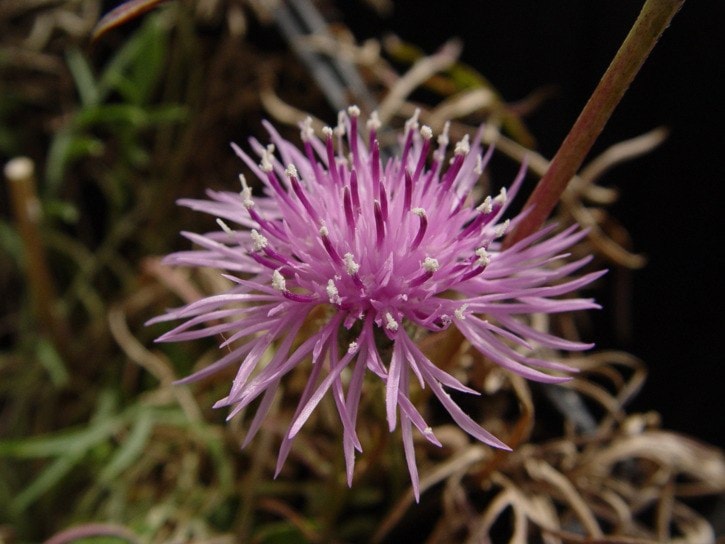Take a careful look at your garden and the foliage around you this season: notice anything different?
If so, you may want to take a closer look. That innocent-looking plant may be an alien species inappropriately introduced to a new ecosystem, slowly taking over the resources and choking out the native species to the region.
Known as invasive plants, the Invasive Plant Council of B.C. (IPCBC) have been the chief coordinating and strategizing entity in B.C. called upon to deal with invasive plants.
For 2011, IPCBC was awarded $3 million in funding from the provincial government to fund their Take Back program, that will provide up to 150 much needed jobs throughout B.C.
Northwest Invasive Plant Council (NWIPC) program manager Andrea Eastham was pleased with the funding, saying it’s an important step towards culling this onslaught of non-native plants within B.C. Throughout the Northwest, she said, is a list of 70 plants to watch out for.
“The invasive plants that we target are alien, so not indigenous to here, and they’re the ones that do take over ecosystems,” Eastham said.
For the region from Kispiox to Houston, the spotted knapweed plant is at the top of their invasive plants list. Spotted knapweed has thistle-like purple flowers with black spots around the flower head and is highly aggressive: each of these plants are capable of producing over 400 seeds and generally bloom between July to October and is highly competitive, often invading areas and excluding all other plant species.
According to the Ministry of Agriculture, over 40,000 hectares in B.C. are knapweed infested, causing problems for the deer and elk who rely on those grasslands for foraging and for the farmers who, the ministry says, have lost out on over $400,000 annually so far due to knapweed.
That is just one of the 70 plants under the watchful eye of NWIPC this year.
Take Action’s primary focus is to create employment around invasive plants. How it will play out in each region of B.C. is still up in the air, however she’d like to see the funds utilized for the northwest go towards hiring field employees to go out and do in-field inventory.
“That will improve our planning,” Eastham said. “Even though we go through strategic planning every year, there are gaps … I think we could refine our strategy and be even more cost effective if we could fill some of those knowledge gaps.”
Prevention, she said, is always a key objective, mostly in educating everyone. Most invasive plants are introduced by travellers: spores can catch on clothes, backpacks, even shoelaces, Eastham said, and be released in a new ecosystem, or hitch a ride with a boat in one lake that, if not washed off in between, can be introduced into another.
“It’s making people aware that they’re potentially transporting plants when they’re doing these activities and having them change their behaviour,” Eastham said.
So, checking the boat or ATV when they leave an area before introducing it to the other, or washing your clothes after a vacation. Most of the invasive species here, she added, are from Europe.
For more information, check out their website at nwipc.org. Persons with questions about whether the plant they’ve seen is invasive, or how to remove invasive plants from one’s property can also call their weed hotline at 1-866-44WEEDS.
What’s new for IPCBC this year is the discussion around invasive species as well, not just plants. While the NWIPC isn’t changing its name, yet, new committees may start up being invasive species councils, and their mandate may change as this discussion carries on, Eastham said.
